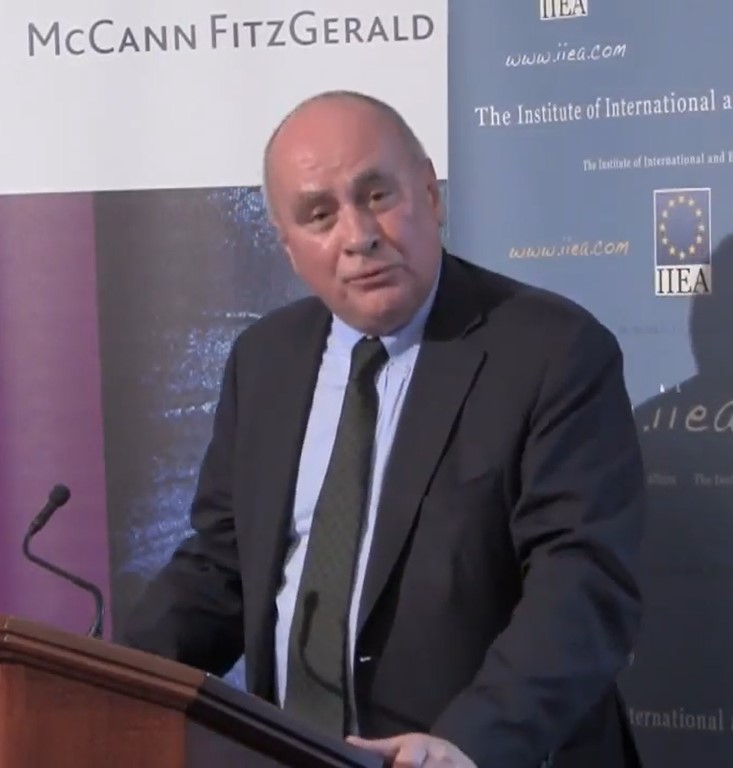|
Medium Frequency
Medium frequency (MF) is the ITU designation for radio frequencies (RF) in the range of 300 kilohertz (kHz) to 3 megahertz (MHz). Part of this band is the medium wave (MW) AM broadcast band. The MF band is also known as the hectometer band as the wavelengths range from ten to one hectometer (1000 to 100 m). Frequencies immediately below MF are denoted low frequency (LF), while the first band of higher frequencies is known as high frequency (HF). MF is mostly used for AM radio broadcasting, navigational radio beacons, maritime ship-to-shore communication, and transoceanic air traffic control. Propagation Radio waves at MF wavelengths propagate via ground waves and reflection from the ionosphere (called skywaves). Ground waves follow the curvature of Earth. At these wavelengths they can bend (diffract) over hills, and travel beyond the visual horizon, although they may be blocked by mountain ranges. Typical MF radio stations can cover a radius of several hun ... [...More Info...] [...Related Items...] OR: [Wikipedia] [Google] [Baidu] |
Megahertz
The hertz (symbol: Hz) is the unit of frequency in the International System of Units (SI), equivalent to one event (or Cycle per second, cycle) per second. The hertz is an SI derived unit whose expression in terms of SI base units is s−1, meaning that one hertz is the reciprocal of one second. It is named after Heinrich Hertz, Heinrich Rudolf Hertz (1857–1894), the first person to provide conclusive proof of the existence of electromagnetic waves. Hertz are commonly expressed in metric prefix, multiples: kilohertz (kHz), megahertz (MHz), gigahertz (GHz), terahertz (THz). Some of the unit's most common uses are in the description of periodic waveforms and musical tones, particularly those used in radio- and audio-related applications. It is also used to describe the clock speeds at which computers and other electronics are driven. The units are sometimes also used as a representation of the photon energy, energy of a photon, via the Planck relation ''E'' = ''hν'', ... [...More Info...] [...Related Items...] OR: [Wikipedia] [Google] [Baidu] |
Curvature Of Earth
Spherical Earth or Earth's curvature refers to the approximation of figure of the Earth as a sphere. The earliest documented mention of the concept dates from around the 5th century BC, when it appears in the writings of Ancient Greek philosophy, Greek philosophers. In the 3rd century BC, History of geodesy#Hellenic world, Hellenistic astronomy established the figure of the Earth, roughly spherical shape of Earth as a physical fact and calculated the Earth's circumference. This knowledge was gradually adopted throughout the Old World during late antiquity, Late Antiquity and the Middle Ages.Continuation into Roman and medieval thought: Reinhard Krüger:Materialien und Dokumente zur mittelalterlichen Erdkugeltheorie von der Spätantike bis zur Kolumbusfahrt (1492)Direct adoption by India: David Pingree, D. Pingree: "History of Mathematical Astronomy in India", ''Dictionary of Scientific Biography'', Vol. 15 (1978), pp. 533–633 (554f.); Glick, Thomas F., Livesey, Steven Jo ... [...More Info...] [...Related Items...] OR: [Wikipedia] [Google] [Baidu] |
Extended AM Broadcast Band
The extended mediumwave broadcast band, commonly known as the AM expanded band, refers to the broadcast station frequency assignments immediately above the earlier upper limits of 1600 kHz in International Telecommunication Union (ITU) Region 2 (the Americas), and 1602 kHz in ITU Regions 1 (Europe, northern Asia and Africa) and 3 (southern Asia and Oceania). In Region 2, this consists of ten additional frequencies, spaced 10 kHz apart, and running from 1610 kHz to 1700 kHz. In Regions 1 and 3, where frequency assignments are spaced nine kHz apart, the result is eleven additional frequencies, from 1611 kHz to 1701 kHz. ITU Region 1 Europe The extended band is not officially allocated in Europe, and the trend of national broadcasters in the region has been to reduce the number of their AM band stations in favor of FM and digital transmissions. However, new Low-Power AM (LPAM) stations have recently come on the air from countries like Finland, S ... [...More Info...] [...Related Items...] OR: [Wikipedia] [Google] [Baidu] |
Ofcom
The Office of Communications, commonly known as Ofcom, is the government-approved regulatory and competition authority for the broadcasting, telecommunications and postal industries of the United Kingdom. Ofcom has wide-ranging powers across the television, radio, telecoms and postal sectors. It has a statutory duty to represent the interests of citizens and consumers by promoting competition and protecting the public from harmful or offensive material. Some of the main areas Ofcom presides over are licensing, research, codes and policies, complaints, competition and protecting the radio spectrum from abuse (e.g., pirate radio stations). The regulator was initially established by the Office of Communications Act 2002 and received its full authority from the Communications Act 2003. History On , the Queen's Speech to the UK Parliament announced the creation of Ofcom. The new body, which was to replace several existing authorities, was conceived as a "super-regulator" to ov ... [...More Info...] [...Related Items...] OR: [Wikipedia] [Google] [Baidu] |
Radio Station
Radio broadcasting is transmission of audio (sound), sometimes with related metadata, by radio waves to radio receivers belonging to a public audience. In terrestrial radio broadcasting the radio waves are broadcast by a land-based radio station, while in satellite radio the radio waves are broadcast by a satellite in Earth orbit. To receive the content the listener must have a broadcast radio receiver (''radio''). Stations are often affiliated with a radio network which provides content in a common radio format, either in broadcast syndication or simulcast or both. Radio stations broadcast with several different types of modulation: AM radio stations transmit in AM ( amplitude modulation), FM radio stations transmit in FM (frequency modulation), which are older analog audio standards, while newer digital radio stations transmit in several digital audio standards: DAB (digital audio broadcasting), HD radio, DRM ( Digital Radio Mondiale). Television broadcasting ... [...More Info...] [...Related Items...] OR: [Wikipedia] [Google] [Baidu] |




